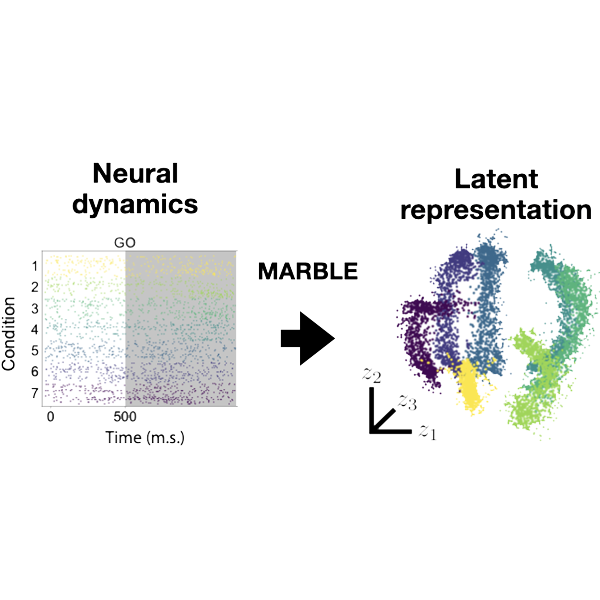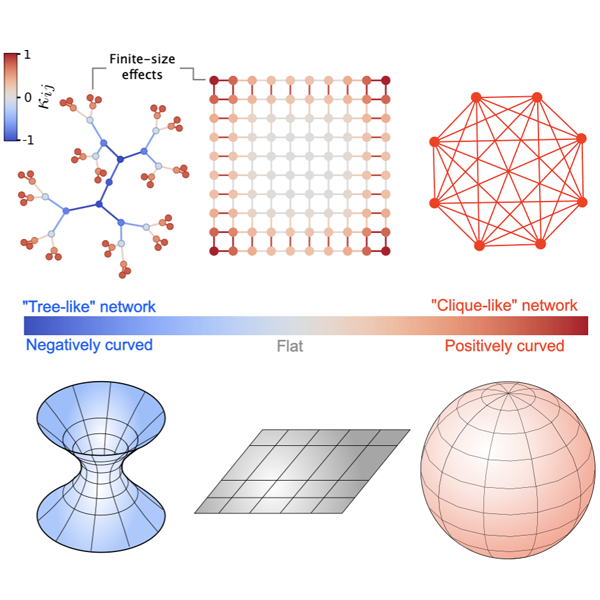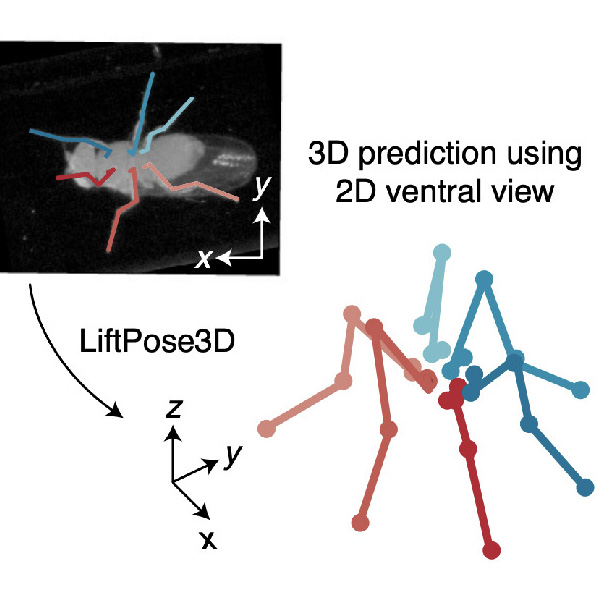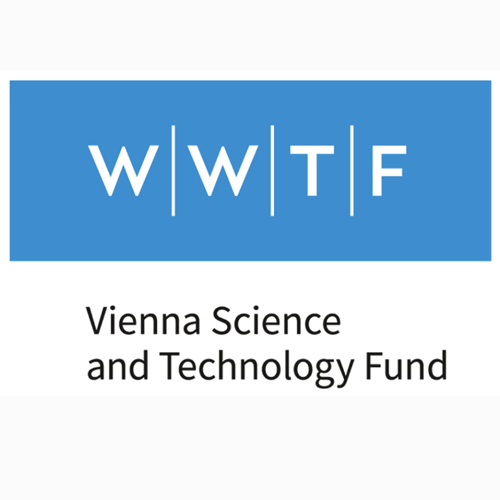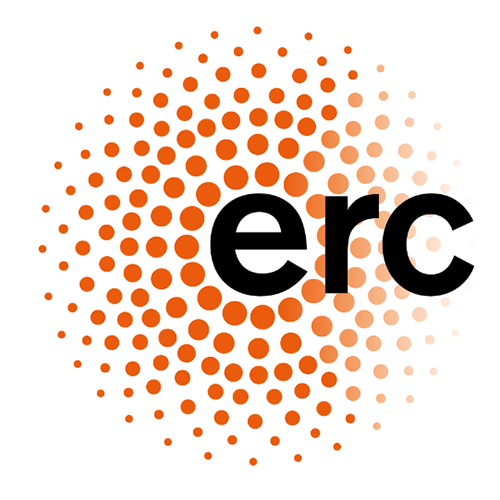We are a melting pot of researchers from diverse backgrounds, including physics, mathematics, computer science, and neuroscience. We are united by our drive for understanding the dynamics of neural systems and their implications for both biological and artificial intelligence. If this resonates with you, we encourage you to reach out to us.
We are always on the lookout for talented Master's students from universities in Austria or abroad. Please get in touch with Adam Gosztolai if you are interested in joining our lab for your thesis project.
While we are currently not advertising any open PhD or Postdoctoral positions, we are open to exceptional candidates who are passionate about our research areas. If you believe you would be a great fit for our team, please do not hesitate to reach out to Adam Gosztolai with your CV and a motivation letter describing why you would like to join our lab and what you can contribute to our research. Postdoctoral candidates are encouraged to apply for competitive fellowships (e.g., EMBO, Marie Curie, etc.).
Alumni
Jakob Lembacher (Medical student, Diplomarbeit, "Pose estimation in macaques")
Robert Peach (Postdoctoral researcher, currently Principal Investigator at University of Würzburg)
Albert López i Serrano (Research intern, "Koopman operator theory for data-driven dynamical systems")
Iolo Jones (Research intern, "Geometry regularised generative flow matching models")
Jacob Bamberger (Research intern, "Geometry regularised generative flow matching models")
